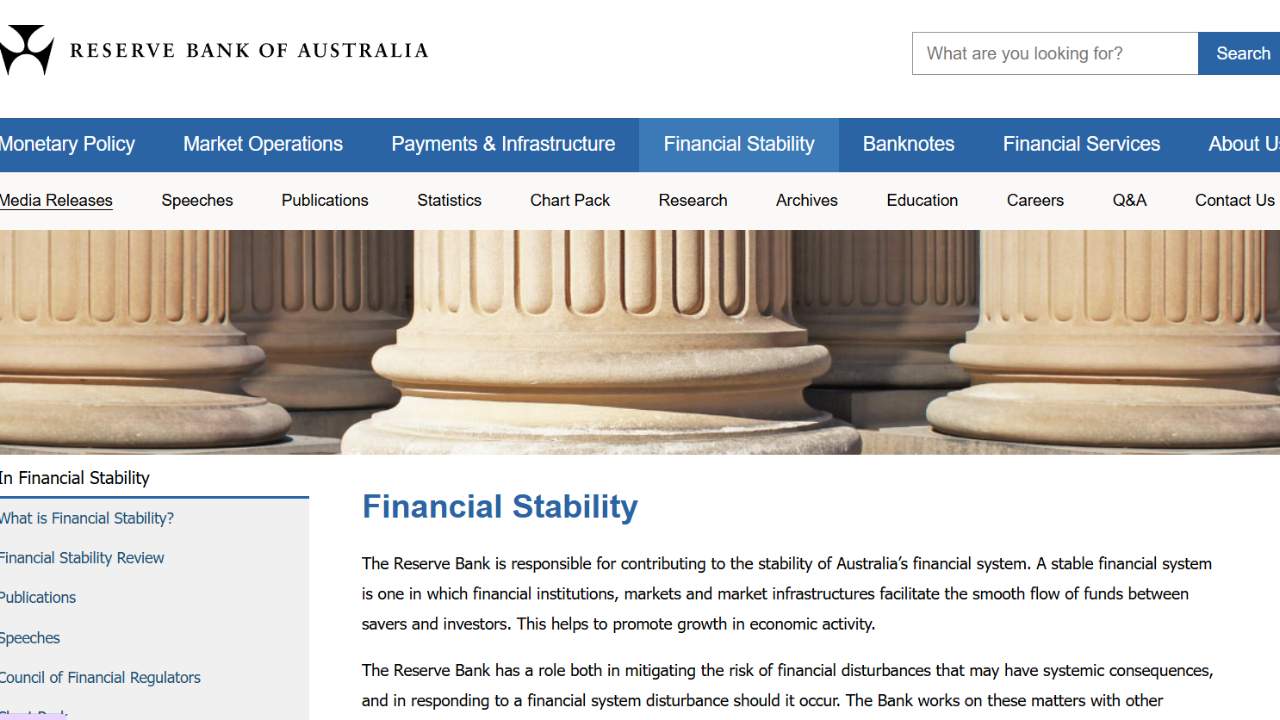The Reserve Bank of Australia stands poised to deliver welcome news for Australian homeowners, with economists predicting a 0.25 percentage point reduction in the cash rate at Tuesday’s board meeting. This calculated move to 3.60 percent carries substantial implications for both household budgets and business operations across the nation.
Expected Rate Reduction Details
Economic analysis reveals overwhelming consensus among financial experts, with 88 percent of surveyed economists forecasting the July rate cut. The Big Four banks have aligned their predictions with this assessment, reflecting confidence in the RBA’s policy direction. This decision follows recent inflation data showing continued progress toward target ranges, alongside softer economic activity indicators.
Official Report Index
The projected reduction would mark the continuation of monetary policy adjustments that began earlier this year. Should banks pass through the full reduction, homeowners with average mortgage balances of $659,920 would experience monthly payment decreases of approximately $105, translating to annual savings of $1,262.
Monthly Mortgage Savings by Loan Amount
Hover over bars for interactive details
Cumulative Financial Impact
The broader picture reveals sizeable relief when considering multiple rate adjustments throughout 2024. Homeowners who have gained from all three rate cuts this year would see combined monthly savings of $177, representing $2,129 annually. This progressive reduction in mortgage servicing costs creates meaningful household budget flexibility.
Economic forecasting suggests additional rate movements may follow, with experts predicting further cuts in August and November. Commonwealth Bank and ANZ project two additional reductions, while NAB anticipates three more cuts through the remainder of the year.
RBA Cash Rate Trajectory
Business Community Implications
The anticipated rate reduction carries positive implications for business operations and consumer spending patterns. Lower mortgage payments free up household discretionary income, potentially boosting demand across retail, hospitality, and service sectors. This monetary policy adjustment supports business confidence and investment planning.
Consumer spending data indicates households remain cautious despite previous rate cuts, with Finder’s Cost of Living Pressure Gauge registering 74 percent. However, progressive rate reductions should gradually ease financial pressures, supporting domestic consumption growth.
Mortgage Payment Scenarios
Based on 0.25% rate reduction and standard variable rates
Our Advice
ACCI encourages business leaders to prepare for increased consumer spending capacity resulting from mortgage payment reductions. This monetary policy shift creates opportunities for strategic business expansion and investment in growth initiatives. Companies should review their cash flow projections and consider how improved consumer confidence may impact demand patterns.
The business community should monitor subsequent RBA meetings closely, as additional rate cuts may further stimulate economic activity. We recommend maintaining flexible operational strategies that can capitalize on improved consumer sentiment while remaining prepared for ongoing economic adjustments.
Business owners should also consider refinancing commercial loans to benefit from the lower rate environment, potentially reducing operational costs and improving cash flow positions. This period of monetary policy accommodation presents valuable opportunities for strategic business development and expansion planning.
Related Topics
- Major Financial Changes for Australian Businesses: July 1, 2025
- Maximising Tax Deductions: Essential Guide for Australian Workers
- Urgent Action Required: Family Tax Benefit Recipients Face June 30 Deadline
- Reserve Bank Rate Cut: Market Expectations vs Economic Reality
- Gallagher Seizes Control of Services Australia in Massive Welfare Shake-Up

